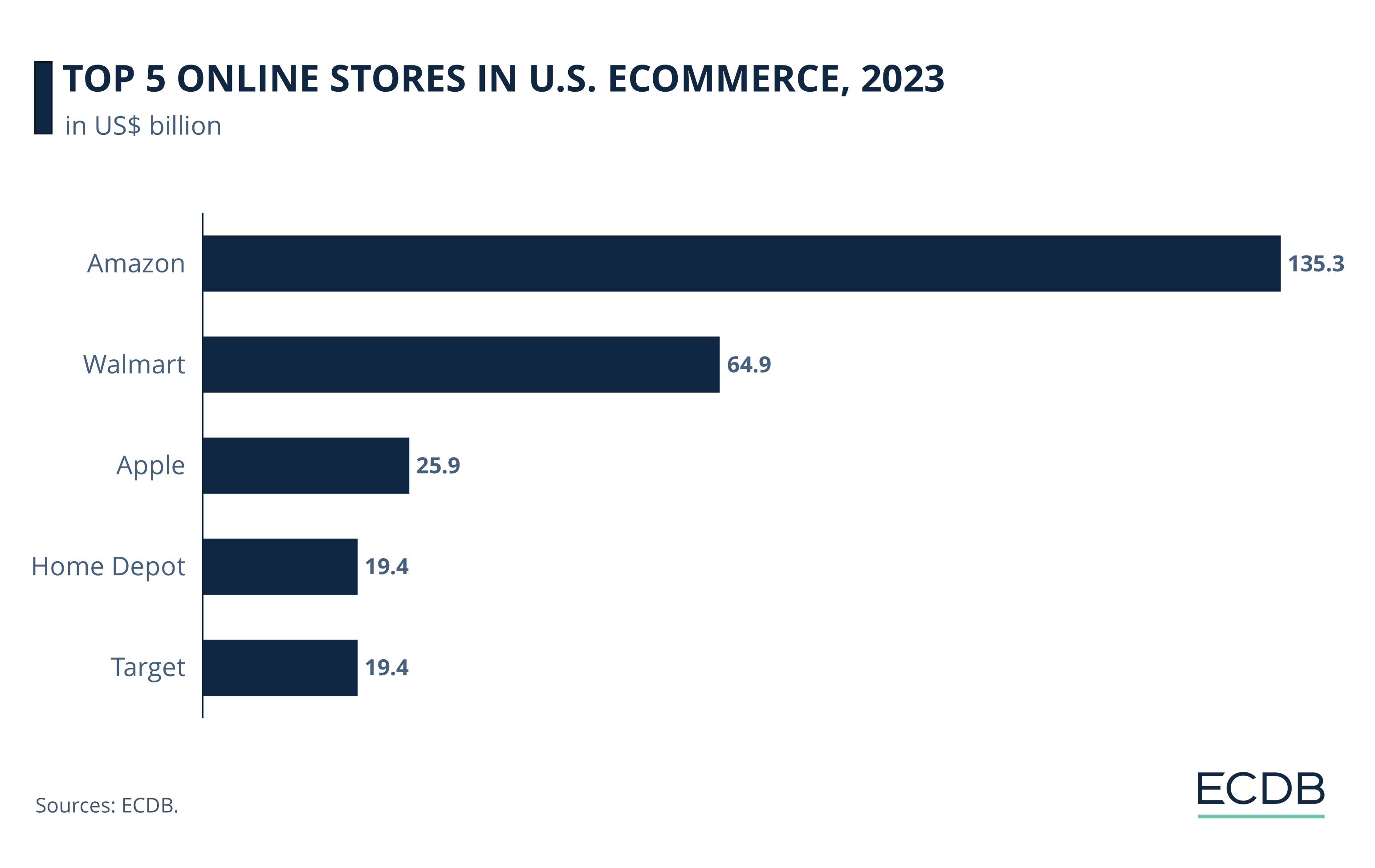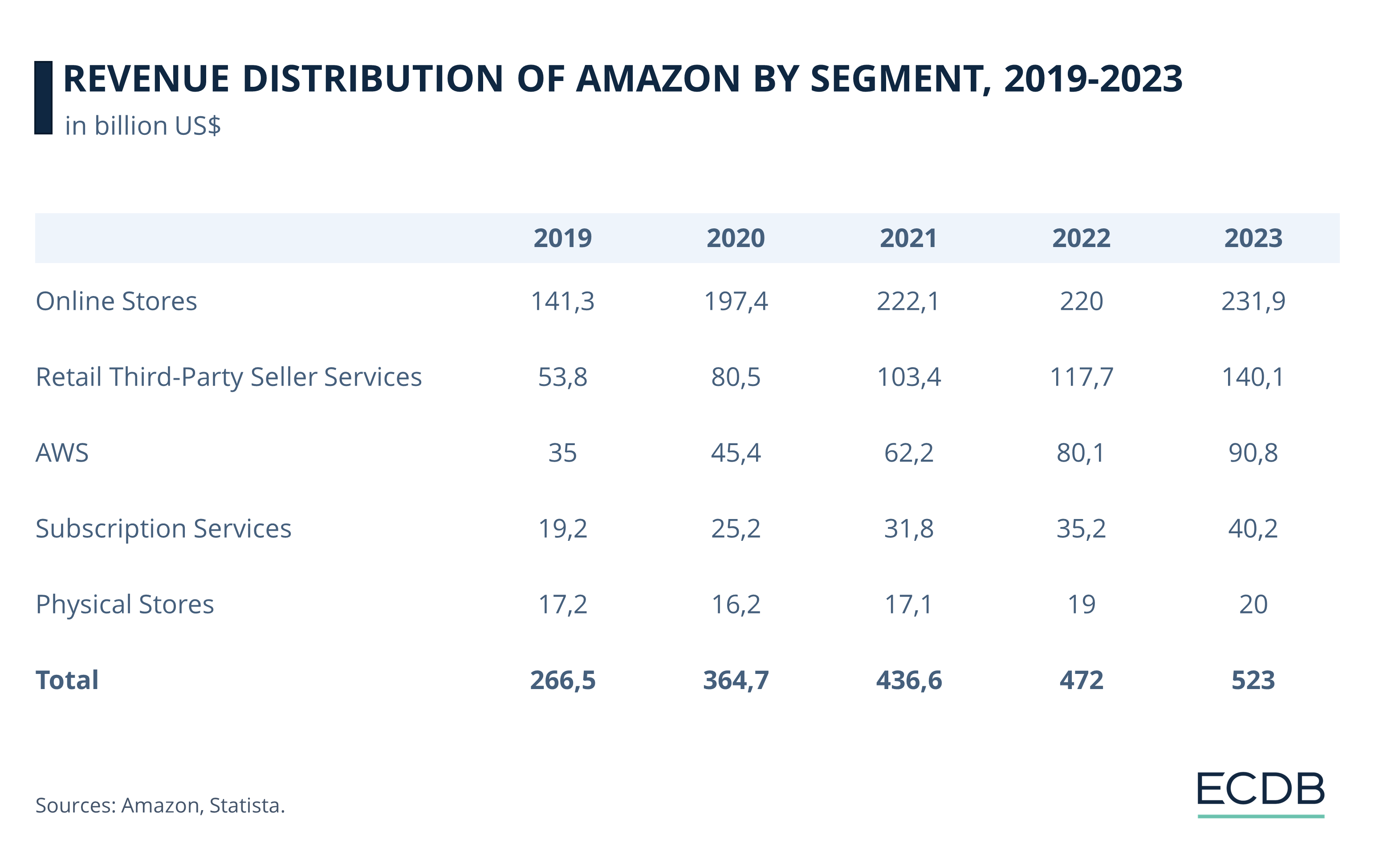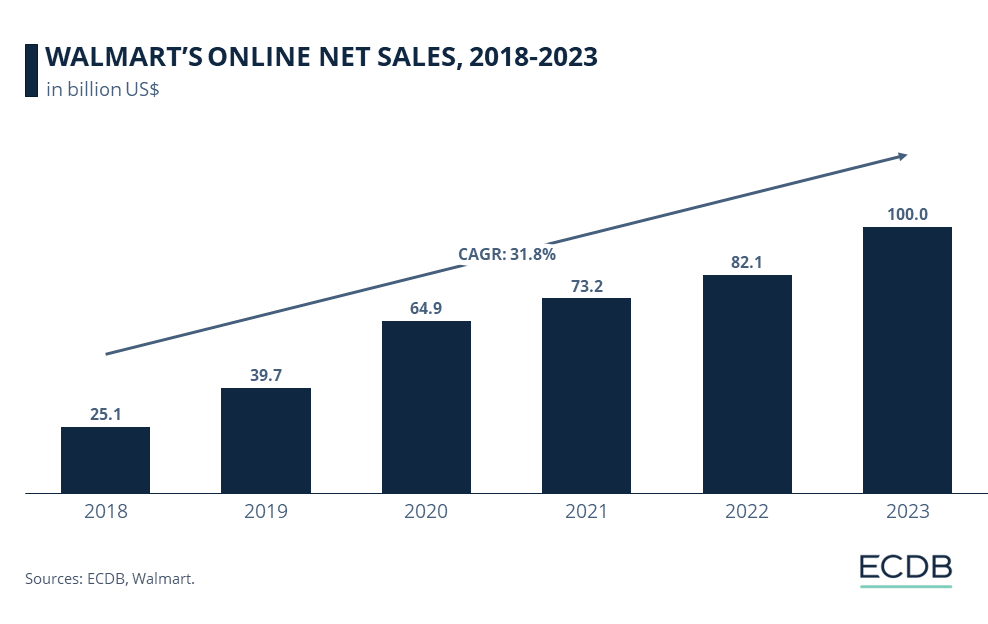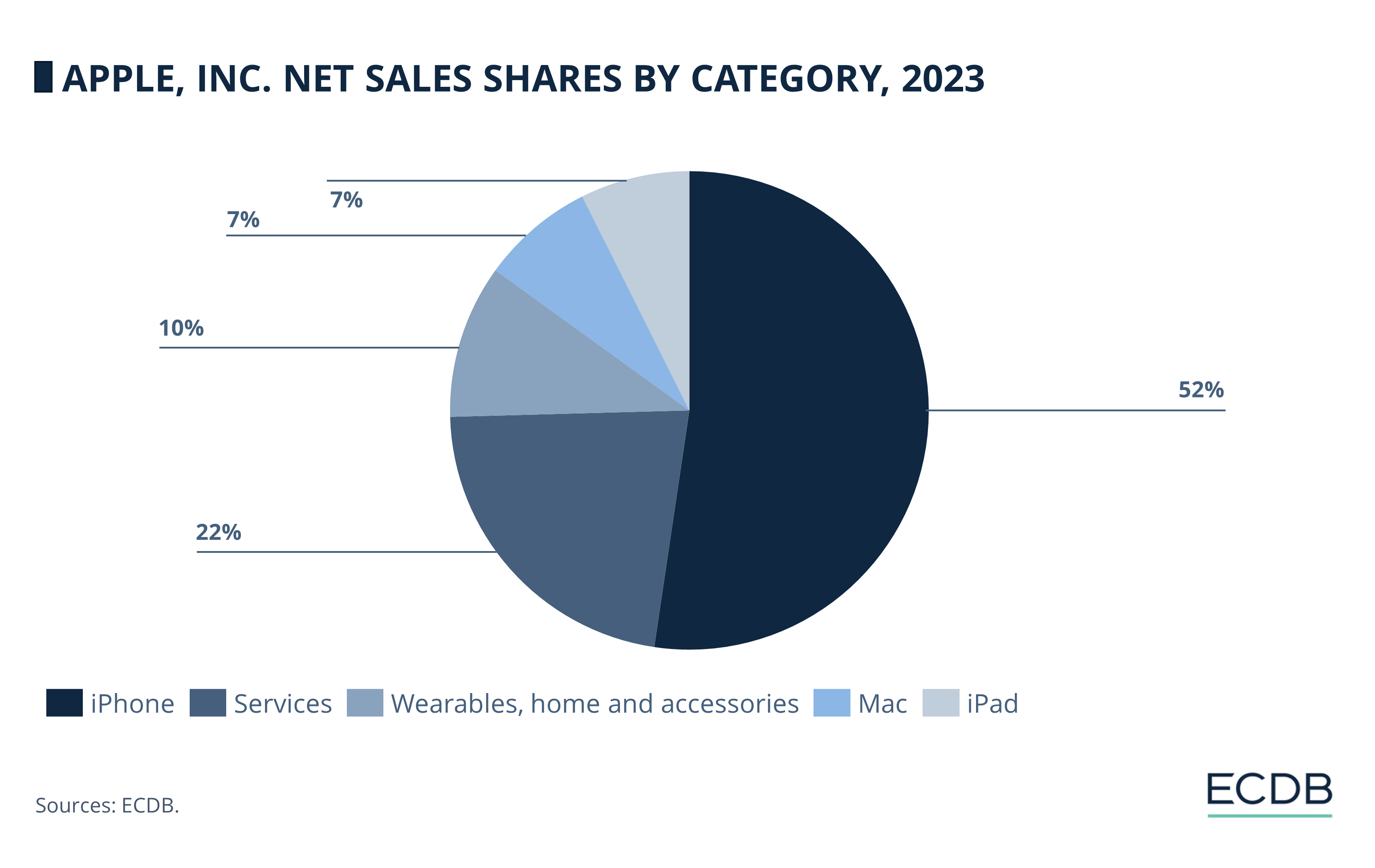eCommerce: Market Insights
Online Shopping in the United States: Where Consumers Prefer to Shop Online
Which online stores dominate in the U.S. market? Where do U.S. consumers like to shop? Here are the top 5.
Article by Nadine Koutsou-Wehling | October 22, 2024Download
Coming soon
Share

Online Shopping in the U.S: Key Insights
Top 5 Online Stores: It is typical for U.S. brands to sell via an own online store, unlike other markets where a marketplace model is preferred. In the U.S., Amazon is the number one eCommerce store, and its success reaches across the globe.
Strategies for eCommerce Success: The customer conveniences that Amazon introduces are typically followed by other retailers, especially those with a similar business concept.
Apple and Home Depot: For electronics and home improvement in the U.S., but also internationally, these two companies are well known.
The United States is the second largest eCommerce market in the world. Its innovations and consumer trends provide the blueprint for world trends. The U.S. eCommerce market is projected to reach US$1.1 trillion by 2024. Its leading player Amazon has shaped eCommerce beyond its borders, but what about the rest of the rankings?
Where do U.S. consumers prefer to shop online? Which online stores rank highest in terms of revenue? Here are the top 5.
The Role of eCommerce Stores in the U.S.
Unlike marketplaces, online stores sell their own branded goods. Online store providers act as sellers themselves, while marketplace providers offer sellers the platform and infrastructure to distribute their products.
In contrast to China, brands in the United States have been selling their products through their own online stores for decades. It is only in recent years that marketplaces have become more prevalent and are now commonly used by online shoppers.
Running an online store can have advantages over selling through an eCommerce marketplace: Merchants retain control over their operations to set their own service policies, web design and customer data. Selling through their own online store typically means companies pay lower transaction costs, and they have the flexibility and freedom to introduce new products and manage inventory as brands see fit.
One is not inherently better than the other, it depends on the merchant's characteristics and goals. In general, merchants who want to sell quickly and at a lower cost tend to join marketplaces, while brands with more resources and eCommerce experience may benefit from an online store.
Online Shopping in the U.S: Amazon Takes the Lead
The United States is a mature eCommerce market, meaning it is deeply connected to the economy, with high internet penetration and consumer confidence in online shopping. In this environment, the leading stores are also successful internationally.

Amazon ranks first, with US$135.3 billion online revenues in the U.S. in 2023.
Walmart operates the second largest online store, with US$64.9 billion.
In third place is Apple, with US$25.9 billion eCommerce net sales in 2023.
Home Depot ranks fourth, with US$19.4 billion.
In fifth place is Target, also with US$19.4 billion in 2023.
Here is how each online store operates.
1. Amazon
Amazon is not only highly innovative and diversified, the company also quickly adapts to market shifts, with which it manages to stay on top of global developments. The rise of low-cost marketplaces from Asia, for example, led Amazon to launch its own discount segment and low-cost grocery brand. It is known for setting industry benchmarks and introducing customer conveniences that soon become standard.

Amazon’s online stores are the company’s biggest revenue contributor.
Third-party seller services follow.
While Amazon is comfortably ahead of the other spots, Walmart is a clear second.
2. Walmart
Walmart is the second largest eCommerce retailer in the U.S. Its online store generated US$65 billion eCommerce net sales in 2023. Due to Amazon's dominance in the market, Walmart largely follows Amazon's strategy, offering customer conveniences such as same-day delivery and technological innovations for faster fulfillment.

Walmart.com’s online net sales have grown since 2020 and are expected to continue growing in the coming years.
Like Amazon, Walmart’s portfolio of investments and services is highly diversified, and it meets consumers in every area of their life. The next store is more focused.
3. Apple
Apple offers premium products that have such a distinctive look that they have been copied many times by other brands. This U.S. company is the third largest eCommerce provider in its home country.

The lion’s share of Apple’s revenue is generated by iPhone sales: 52% of Apple’s 2023 revenues came from smartphone sales. The remaining half comes from smaller segments.
In 2023, Apple sold US$26 billion worth of products via eCommerce in the U.S. Constant new product launches and high customer loyalty lead to optimism for future growth.
4. Home Depot
The Home Depot is a home improvement chain that is another example for a U.S. company that is an international household name in its industry. Its product category focus includes DIY (42%), Furniture & Homeware (35%), Electronics (15%), and others.
In 2023, homedepot.com sold US$19.4 billion in the United States, thanks to an online strategy that taps into online shoppers’ need for inspiration and recommendations for their DIY projects.
5. Target
Target is another hypermarket that scores a top ranking with its eCommerce platform. It largely follows Amazon’s and Walmart’s strategy, offering discount product collections, fast delivery, and a grocery service.
As the other retailers set the standard for eCommerce, smaller competitors like Target have no choice but to catch up. Target ranks fifth in the overall market. However, low-cost competitor Shein is just on the verge of surpassing Target. U.S. eCommerce is highly competitive, leaving little room for retailers to rest on their laurels.
Online Shopping U.S: Key Insights
The United States is a trendsetting market in many ways, where consumers there shop today, the world follows. Its number one eCommerce store therefore also shapes the rest of the world: Amazon. While Walmart, Apple, Home Depot and Target each have their own place in the industry, low-cost competitors are just around the corner.

Click here for
more relevant insights from
our partner Mastercard.
Related insights
Deep Dive
eCommerce in Canada: Top Stores, Market Development & Trends
eCommerce in Canada: Top Stores, Market Development & Trends
Deep Dive
Top eCommerce Companies by Market Cap 2024
Top eCommerce Companies by Market Cap 2024
Deep Dive
Alibaba Competitors: Which Companies Are Alibaba’s Biggest eCommerce Rivals?
Alibaba Competitors: Which Companies Are Alibaba’s Biggest eCommerce Rivals?
Deep Dive
The Global B2B eCommerce Market: Why It Is Beneficial to Sell to Other Businesses
The Global B2B eCommerce Market: Why It Is Beneficial to Sell to Other Businesses
Deep Dive
Temu Is the Second Most Visited eCommerce Website in the World
Temu Is the Second Most Visited eCommerce Website in the World
Back to main topics
